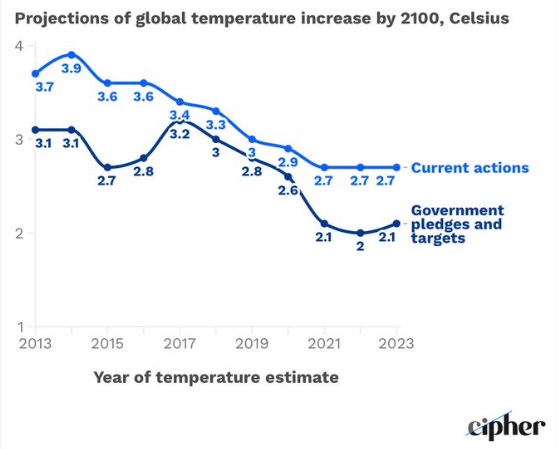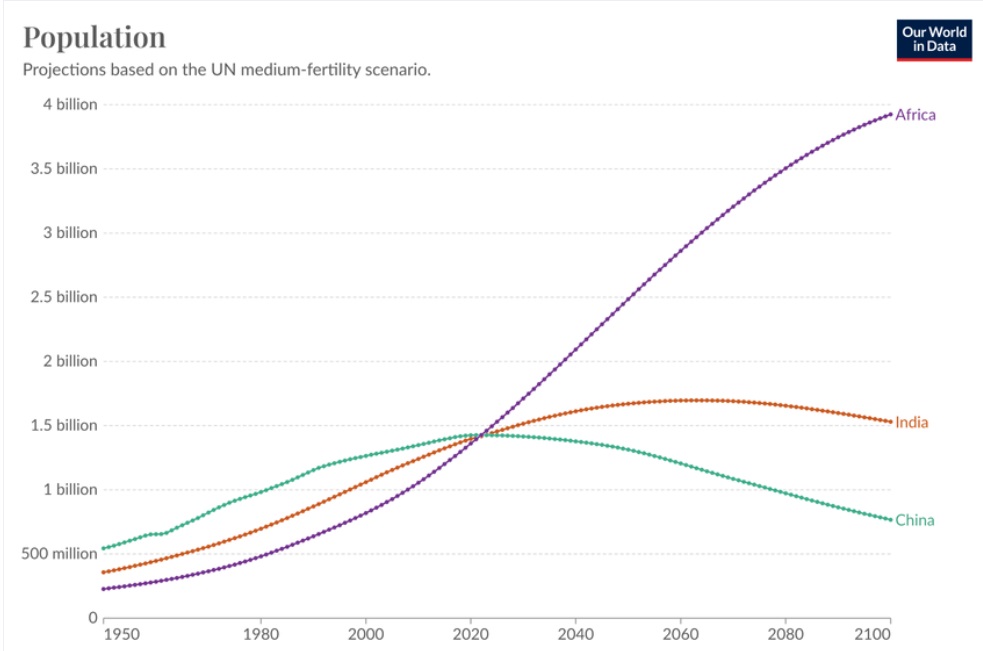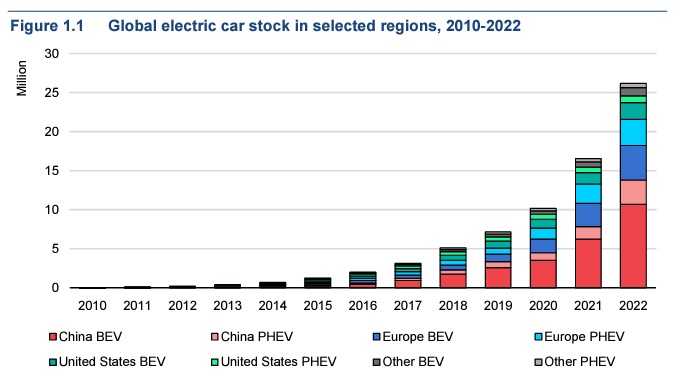In 1997, walking out of the theater after watching The Big Lebowski, our friends said something along the lines of, “what the hell was that?” They were surprised, or perhaps not, given their knowledge of our taste, that we replied, “it was a masterpiece.” After that, we watched Lebowski every New Year’s Day morning for at least ten years (the Dude in us means we don’t keep an accurate count). Being a Raymond Chandler and Coen Brothers fan it was as if the movie was made for us. And like many we were taken by the Dude character played by Jeff Bridges, a man who did little very well, adverse to working too hard. As the Stranger, played by Sam Elliott, says at the end of the movie, “It’s good knowin’ he’s out there. The Dude. Takin’ ‘er easy for all us sinners.” It’s similar to what we wrote about New Orleans a few months ago, not every city should be like New Orleans but every world should have a New Orleans.
We are happy the Dude abides. We are also happy there are ambitious people out there, especially those, as Churchill said, who are ambitious to do rather than to be. But it’s also true ambition is dangerous. The world is always in far more danger from those who really want to do something than those who just want to hang. Dickens warned us of this through Mrs. Jellyby in Bleak House (not often one passage references The Dude, Churchill and Dickens—a perverse sign of our ambition). We celebrate ambition but we caution the ambitious, whether in elected office, corporate board room or university campus, to perhaps take a moment and go look for a rug that ties the room together. And we ambitiously bring good news on climate change, where the future will be, and China’s EV and energy dominance. It’s this week’s International Need to Know, never whining like the Los Angeles Lakers about international information, always bringing the data like an NBA assistant coach.
Without further ado, here’s what you need to know.
Global Warming Increases Are Decreasing
In the dark morass people like to wander through nowadays where they believe everything is getting worse, we douse them with light and hope. For example, climate journalist Amy Harder reminds us, “The amount of warming Earth is projected to face in coming decades has DROPPED since 2015.” Yes, back in 2015 the world was on pace to warm by 3.7% Celsius but now we are on pace to increase by only 2.7 percent. That’s still too high and will have a variety of challenging consequences but we have now shown through policy and technological progress that we can make great strides in dealing with climate change. One example is that “Egypt plans to build two solar power stations worth 1 billion Egyptian pounds ($20.60 million), financed by the European Union.” This is good policy by the EU—helping a developing country install clean energy. But it wouldn’t happen if solar costs hadn’t come down so much and become more efficient. Yes, technological progress, of which we’ve made lots in the last nine years, is the winning formula. If we make similar progress in the next nine years, perhaps folks won’t be so morose come 2033.
Where Is The Future
Long time readers know we pay careful attention to demographic figures. So, of course, our attention was caught by someone who posted the first chart below from Our World in Data showing population projections for China, India and Africa. It looks striking at first glance. The future is Africa, which will have a much larger population than both India and China, and is in fact already more populous. But that’s a bit misleading. India and China are countries. Africa is a continent. There is not one government ruling the continent of Africa. There are 54 countries currently in Africa. If we add Asia to the chart, as we do in the second chart below, you’ll see that even at the end of the century, it will be more populous than Africa. We also added some of the larger economies of Africa such as Nigeria and Ethiopia to give further comparison. They both are projected to grow throughout the 21st Century but neither will be as large as China and don’t come close to India. If one looks at working age population, 25-64, Asia will continue to be more populous than Africa and India and China will continue to be much larger than Nigeria and Ethiopia. We do believe more production and supply chains will move to certain African countries in the coming years but it’s not at all clear this will be the African Century. More than likely it’s the Indian Century. Of course, population, and other trends, will likely change over the coming decades. We will be closely watching since even if demography may not be destiny it is hugely important.
China Corner: Rise of the EV…And Its Consequences
You’ve undoubtedly read about (viewed on TikTok?) how Chinese electric vehicles are increasingly dominating markets. As we noted last week, they were flooding the Port of Copenhagen-Malmo. But the numbers are astounding. According to the latest report from the International Energy Agency, Chinese EVs make up around 60 percent of all electric vehicles sold worldwide. Sales of Chinese EVs have doubled since 2021. This rapid increase to dominance has other auto producing countries, from Germany to the U.S., worried. China is already dominating the products that produce the electricity that power electric cars: solar panels, wind turbines and batteries. Many of those worried about climate change view this as fine—let’s take advantage of China’s cheap energy goods (even if it was driven by subsidies and protection of domestic markets) and help fight CO2 emissions. We guess that’s a very unrealistic expectation. Traditionally in wars control of energy sources has been crucial. It is unrealistic to expect other powers in the world, already concerned about China’s authoritarian and expansionist trends, to cede the new clean energy world to one country, especially China.






